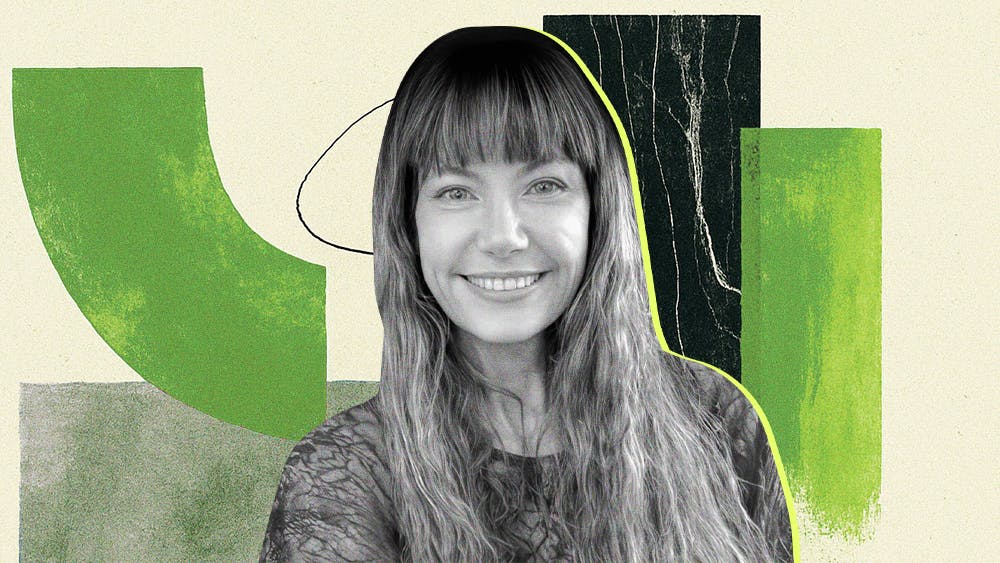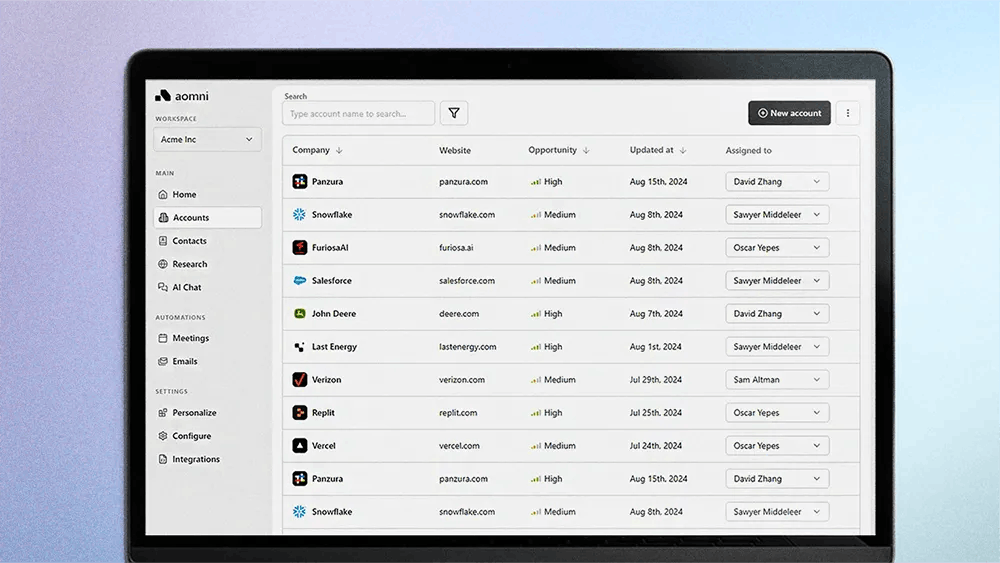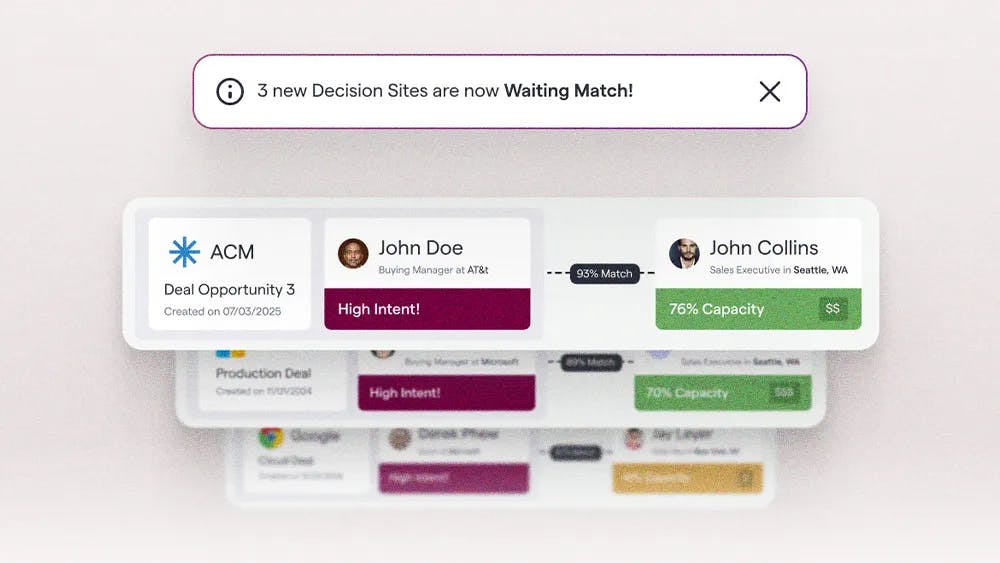The ultimate headline is: get on board. There’s no more ‘I don’t want to do this.’ It’s about how fast can I learn these tools, how quickly can I start having fun with them, and how can I adopt a beginner’s mindset. Because if you don’t, you’re going to be left behind.
For years, marketing teams have wrestled with the tradeoff between creative expression and chasing growth.
Would it really be reasonable to take risk on an out-of-the-box campaign when pressure was mounting to hit KPI’s and competition was growing tougher?
Stuck at an impasse, marketing teams had to prioritize performance metrics over ambitious campaigns.
But at Superside, Chief Marketing Officer Jen Rapp says AI is making it possible to balance both creativity and growth— and pursue them faster, smarter, and with a lot more freedom.
No more tradeoffs: “Because of the speed AI allows, it’s like everyone’s bandwidth has suddenly 4x’d,” Rapp says. “We can experiment more because the sunk cost is less. Now, it doesn’t take the team that much effort to do a fun activation, whereas in the past it would have been a matter of — do we give up a big demand gen moment in favor of a brand moment? Now we don’t have to make that tradeoff.”
Six genres in a week: No longer needing to make concessions has opened the door to more ambitious and playful campaigns.
Rapp points to a recent internal experiment that turned into a full-blown creative project, thanks entirely to AI tools.
“A few months ago, one of our team members was playing around on a weekend with an AI tool that creates music,” she says. “He ended up making a song and sent it to all of us on Monday as a joke. By Friday, the team had created a full music album with AI (six different genres) and a music video to go along with it.”
That kind of turnaround would’ve been unthinkable just a few years ago.
“If we’d done that project two years ago, it would have taken six months, easily,” Rapp says.
“But with AI, it took us six days to build the music, build a campaign to promote it, and get it out into the world.”
Pure brand play: The project wasn’t tied to any performance metric. There were no gated assets, no email sequences — just a pure brand play.
“It was very much just a brand awareness and brand-building campaign,” Rapp says. “It was like saying: ‘look at what Superside can do with AI, and look how fast we can do it’. It was a fun moment for us as a brand.”
Because of the speed AI allows, it’s like everyone’s bandwidth has suddenly 4x’d. We can experiment more because the sunk cost is less. Now, it doesn’t take the team that much effort to do a fun activation... Now we don’t have to make that tradeoff.
Doing more with time: But that doesn’t mean her team is operating without metrics and strategy in mind.
The pressure marketing teams are under may be growing, but Rapp sees it as a force for good.
“In some ways, it’s a positive constraint,” she explains.
“It makes you really smart with the time that you dedicate to brand-building efforts. The work still has to drive true awareness or at least have the potential to create a lead engagement moment. Maybe it’s just a brand touchpoint, but it still needs to move the needle in some way, and AI allows us to do more with the time we have.”
Current evolution: As AI tools become more embedded in creative workflows, Rapp sees the shift as similar to a previous creative evolutions.
“Someone asked me recently, ‘What if my creative team isn’t ready to adopt these tools?’ And I told them — it’s exactly like what happened with photographers 20 years ago when we moved from film to digital. A lot of them were afraid they were losing their craft. It felt less authentic.”
Left behind: That same hesitation exists today, she says — but it won’t last.
“The ultimate headline is: get on board. There’s no more ‘I don’t want to do this.’ It’s about how fast can I learn these tools, how quickly can I start having fun with them, and how can I adopt a beginner’s mindset. Because if you don’t, you’re going to be left behind.”





